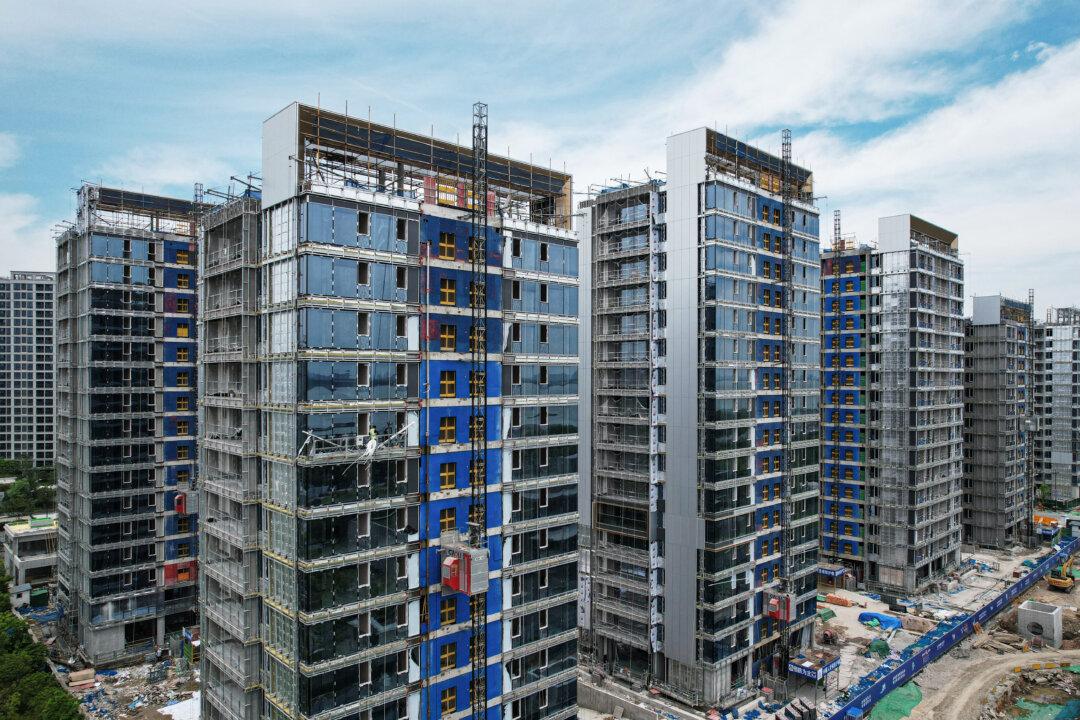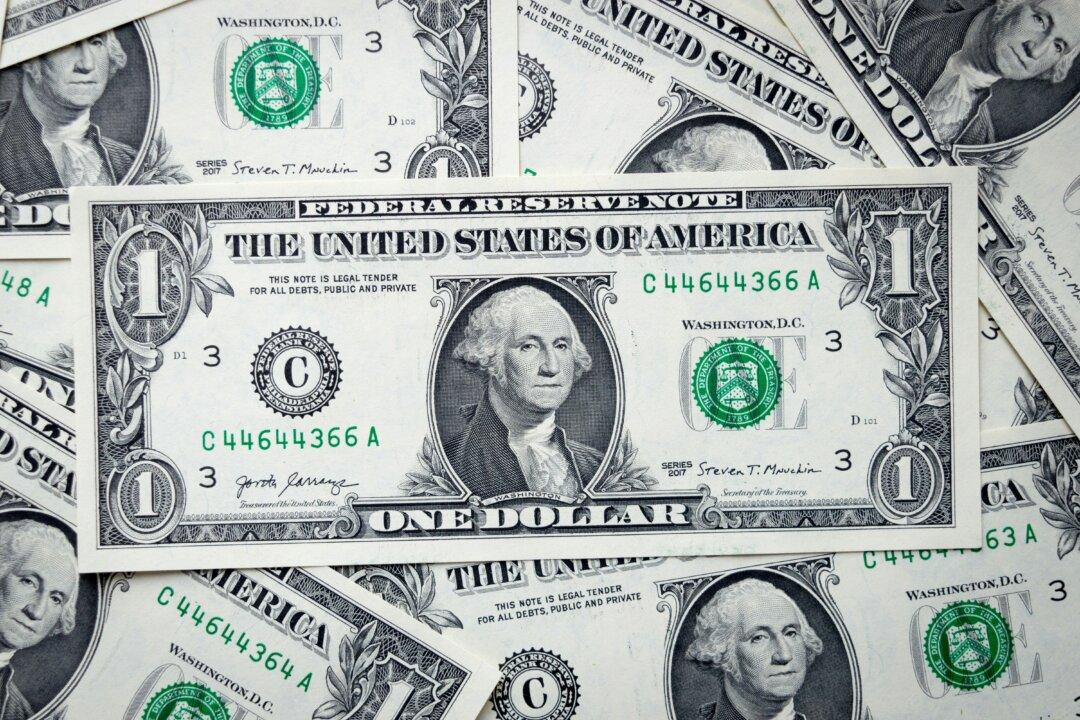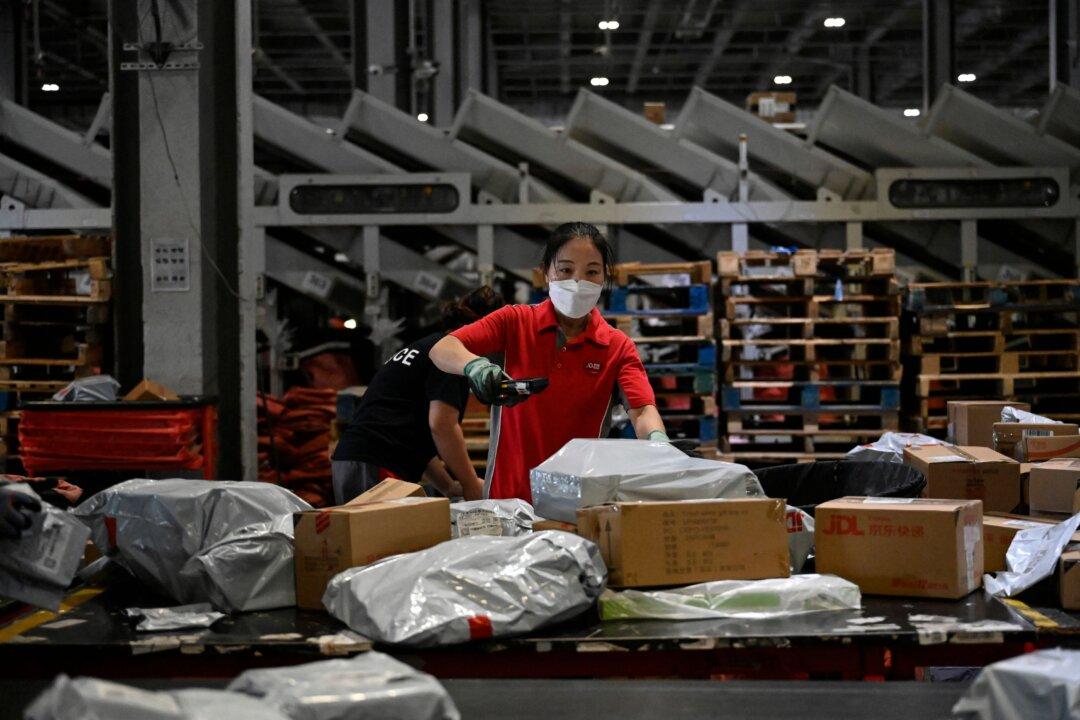Faced with an imminent financial crisis, Sri Lanka has reached an agreement with the Export-Import (Exim) Bank of China to cover about $4.2 billion of the island nation’s outstanding debt, according to a statement issued by the finance ministry on Oct. 12.
The government of the cash-strapped nation, which was hit by its worst economic crisis in history when its foreign exchange reserves fell to a critical low, stated that the proposed terms would offer the required fiscal flexibility for Sri Lanka to carry out its ambitious reform program. However, no specific details about the agreement were disclosed in the announcement.
The government also expressed hope that the deal would expedite the release of a portion of the $2.9 billion International Monetary Fund (IMF) bailout, which aims to alleviate Sri Lanka’s mounting debt burden. This, in turn, would pave the way for the disbursement of the second IMF tranche, totaling about $330 million.
Covert Deal
“Yesterday marked a big step for Sri Lanka as we reached this landmark agreement in principle on debt treatment terms with our largest single creditor. We thank China Exim Bank for the support in resolving our country’s debt situation. This agreement constitutes a key milestone in Sri Lanka’s ongoing efforts to foster its economic recovery,” Sri Lankan Treasury Secretary K. M. Mahinda Siriwardana said in a statement.Despite the Sri Lankan government’s praise for China’s role in this deal, “which demonstrates a mutual commitment in line with the objective of restoring public debt sustainability consistent with the IMF-supported program,” the deal raises concerns about its openness and impact on debt restructuring discussions.
It overtakes separate negotiations between the IMF, the Paris Club members, and other lenders, including Japan and India, which are scheduled to hold talks this week in Morocco on a debt restructuring plan.
While the IMF acknowledged that talks between Sri Lanka and all of its creditors were ongoing and that the U.N. financial agency was aware of the China Exim Bank’s involvement in a bailout, it hasn’t been told of this agreement’s culmination, it noted.
In parallel with the IMF, Sri Lanka, mired in its worst economic crisis in 70 years, began negotiations with its bondholders and significant bilateral creditors last September.
Sri Lanka’s central bank governor, Nandalal Weerasinghe, and junior finance minister, Shehan Semasinghe, are in Marrakech this week for the annual meetings of the IMF and the World Bank, where they’re expected to sign a memorandum of understanding for a bailout without China’s involvement.
China is Sri Lanka’s largest single creditor, holding about 52 percent of its external debt.
Sri Lanka’s non-Chinese bilateral creditors and Beijing are now at odds over the China Exim Bank arrangement, further complicating the international bailout attempt.
However, the IMF has stressed that discussions about finances should be kept “between our two sides.”
Debt Trap
The agreement with the Exim Bank also comes one week before China conducts its third Belt and Road Initiative (BRI) Forum in Beijing. The BRI is Chinese leader Xi Jinping’s signature program, but it has been criticized for placing an undue financial burden on poor nations such as Sri Lanka.While China claims that its plan to finance the construction of ports and other infrastructure in Asia and Africa with loans through BRI increases economic activity in poorer nations, critics say the BRI loans also leave many recipients with unsustainable debt.
For example, China has funded a high-speed rail line in Laos that costs equivalent to almost half the country’s GDP. According to the Center for Global Development, eight BRI recipient countries—Djibouti, Kyrgyzstan, Laos, the Maldives, Mongolia, Montenegro, Pakistan, and Tajikistan—are also at a high risk of debt distress due to BRI loans.
But that deal sparked concerns across the region that Beijing had secured a strategic toehold in the Indian Ocean.
Nevertheless, the 22 million people in this island nation in South Asia are still reeling from the economic collapse of a year ago, when a catastrophic lack of foreign reserves prevented the country from importing the most basic necessities such as food and gasoline.
After widespread protests broke out, then-Sri Lankan President Gotabaya Rajapaksa’s government collapsed, forcing Mr. Rajapaksat to flee the country temporarily. His successor, current President Ranil Wickremesinghe, has pledged to restore normalcy in Sri Lanka.







